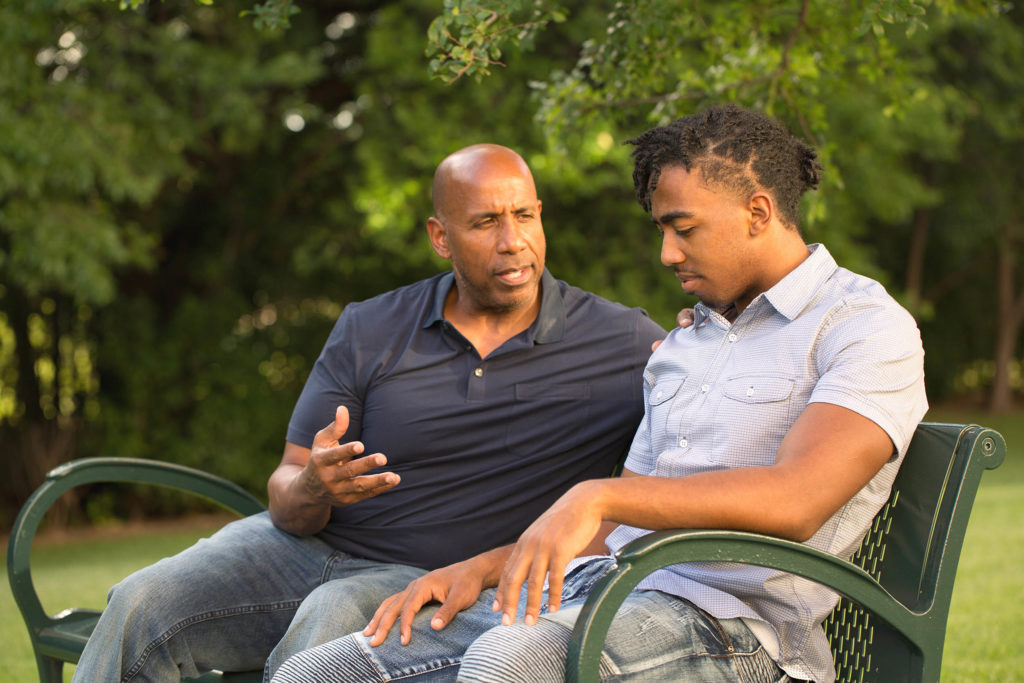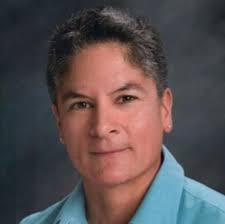Part of the Hiding in Plain Sight blog series
Written by Kee Dunning, author & psychotherapist providing crisis intervention
October 26, 2021 / Forbes

In April 2020, in the middle of the COVID-19 stay-at-home orders, just four days before his 13th birthday, Hayden Hunstable took his life. With apparent loss of hope, in a moment of desperation, he died by suicide at home in his bedroom. Since then, his parents have poured their hearts into raising awareness to increase communication among families to help prevent youth suicide.
The Hunstables describe Hayden as a healthy “almost thirteen” year old, thriving in the 6th grade. Why would this child take his life? Brad Hunstable, Hayden’s father, shared with me, “The pandemic took our child, but not in the way most people think. Hayden was a happy kid. He wasn’t depressed, and he didn’t have a history of mental health problems. Suicide is nothing we ever talked about. All of this is so confusing.” Brad continued to reflect, “I’ve learned that conversations matter, I’m not an expert, I’m just a dad. But how many kids must die before we take this more seriously?”
According to the Centers for Disease Control, suicide is the second leading cause of death for young people ages 10-24 in the United States, a fact the Hunstable family was unaware of until they lost Hayden. The rate of suicide among this age group increased 60% between 2007 and 2018. And the isolation, anxiety, and depression generated among youth during the recent pandemic, has only heightened suicide ideation among the youngest Americans. It’s apparent that we have a mental health crisis in our country.
Brad Hunstable is on a mission to raise awareness about suicide prevention. He wants to educate parents and families to identify the signs of suicide ideation, to talk about it with their kids, and not ignore it. “The conversations can make the difference.” Our kids need someone to trust and to talk to about their feelings, including tough topics, like wanting to die. Adults need to learn to listen, ask questions, be less reactive, more supportive, and offer help. In 2020, Brad and his family started Hayden’s Corner to raise awareness and help to start these critical conversations.
Our children can be taught about emotional and social resilience. Whether it’s in every elementary and secondary school in America, we need to address social isolation, the stressors experienced by young people today and teach kids (and their parents) how to see hope and how to be resilient in the face of pain and confusion.
“Sudden and inexplicable death by suicide is nothing less than an ‘emotional heart attack,” Hunstable emphasizes. “We can all learn to identify the warning signs and help to prevent it. I will talk to any and everybody so no more kids die before they have the chance to live.”
Sitting down and having frank conversations about suicide and mental health with our children is not a one-and-done discussion, and it cannot wait until a kid is on the verge of self-harm. These critical conversations can help our children understand that they have someone to turn to, no matter how bad it seems, they can reach out to you.
The discussions start with the basics — teaching kids and families how to communicate their needs. Communication is the foundation upon which we build relationships, and it is the focus of almost every session that occurs in my psychotherapy practice. The core for all communication needs to be respect. We honor and value the other person’s thoughts, words, and actions, even if we do not see things the same way.
If we practice communication from a place of love and respect, we may find ourselves communicating in a way all parties believe they have been heard and what they have to say matters. And remember, conversations and communication really do matter.
Don’t wait, sit down with your child/children today and start the conversation right now! Because words matter and you matter.
To learn ways to manage stress, build resilience, and practice self-care, visit FindYourWords.org.
View the 16-minute short film, Almost Thirteen, the story of Hayden Hunstable, here on WellBeings.org.
For resources, and to find out more about what you need to know about youth suicide, visit the National Alliance On Mental Illness at NAMI.org.
For insights and guidance on improving communication skills, visit keeconcepts.org.
For your kid’s sake, find your words and start the conversation right now.
About the Author

Kee Dunning is a psychotherapist in private practice, adjunct faculty and author, writing on topics such as rural youth suicide risk assessment and intervention, cognitive behavioral therapy, teen dating abuse, bullying, and concepts in communication, anger and conflict management. For nearly two decades, Kee has provided crisis intervention for triage for homeless, trafficked, and at-risk youth and families and their support systems; and was Clinical Supervisor for Graduate Studies in Counseling at Montana State University.
The “Hiding in Plain Sight” Blog is a series leading to the upcoming 2022 documentary Hiding in Plain Sight: Youth Mental Illness, produced and directed by Ewers Brothers Productions, executive produced by Ken Burns, and presented by WETA, the PBS flagship station in our nation’s capital.